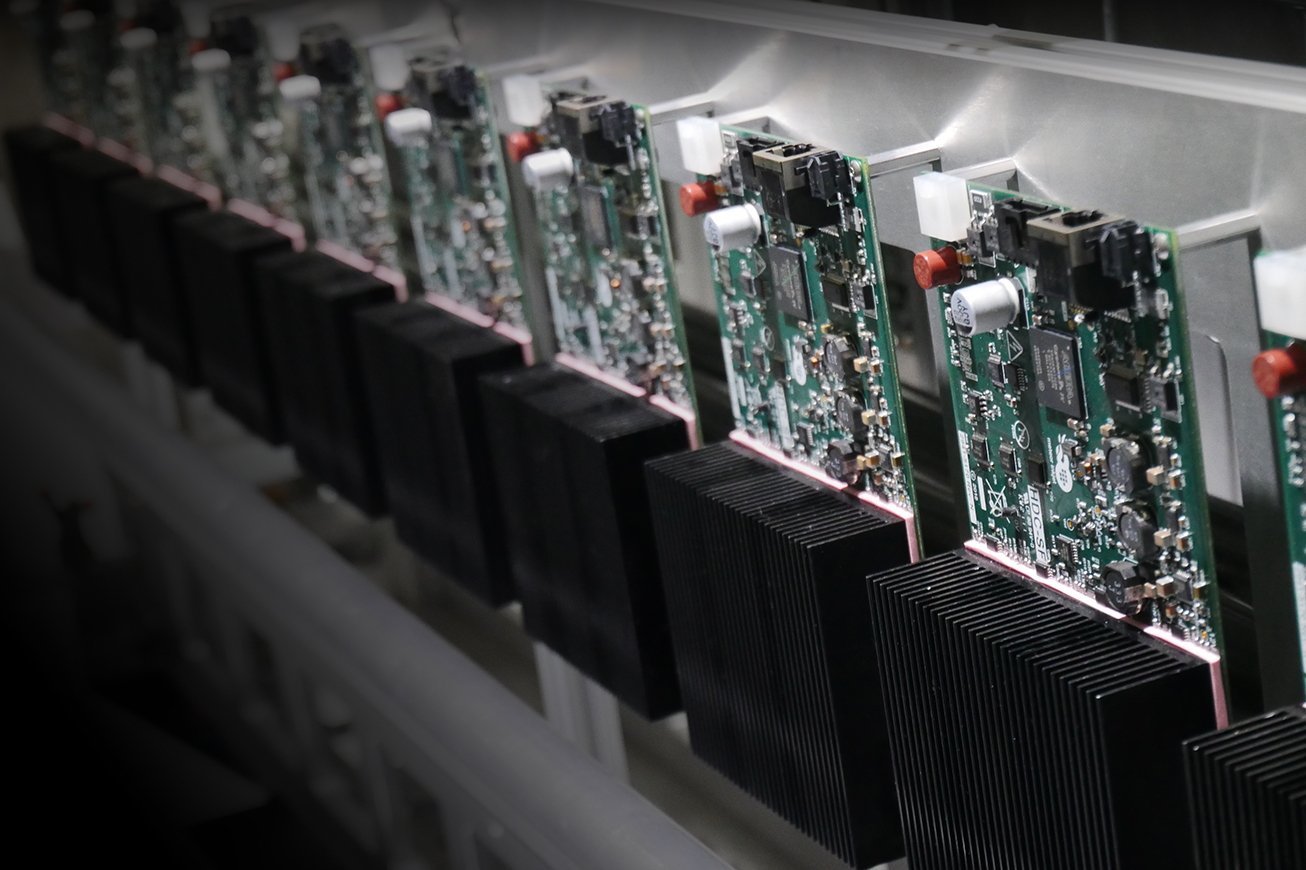Sand Printer Economics – Part Two

Sand Printer Economics – Part Two
Last week, we said the metalcasting industry is generally practical, with a healthy skepticism resulting from working with difficult, dangerous processes.
How does this help metalcasting management improve their processes?
They buy proven technologies. The possibility of failure is less than when using equipment of unconfirmed reliability, generally at a lower total cost than untried processes.
After about 20 years of development, binder jet printheads can now print more precisely with improved reliability, but the operating principles remain essentially the same. More media, sizes, and shapes are being printed, and in some cases completely dominate their respective product markets. ‘Clean room’ operating requirements have modulated somewhat. In-process material handling has become unrecognizable in comparison to that of pre-binder jetting production.
3D printed foundry mold/core production has become dominated by specialists with some larger companies moving their printing production in-house. Integration into the metalcasting process has been limited, requiring multiple machines with proportionally greater financial investment.
The metalcasting industry is dominated by small and medium manufacturers unable to justify in-house printing. The growth of third-party printing suppliers resulted from this demographic. Printer manufacturers have used it to invest time in proving out the technology. The primary requirements for true integration of sand printers into metalcasting processes are beginning to come into reality.
Changes to several printer features are necessary. More printheads (a larger printbar) with increased printing width per pass, speed up the process. Using a rastering printing pattern involves multiple passes to cover a given surface size. Longer printbars result in a scanning pass taking a proportional fraction of the time of multiple rastering passes.
Rastering involves printing in both directions. Printing with a full scan printbar in both directions doubles the speed again. Replacing three rastering passes with full-width bi-directional printing results in six times the print speed.
Feeding the print area with sand then increases by a factor of six to about 750 liters (3,000 pounds of sand) per hour. Using super sacks, the printer needs about one each hour. Most foundries have sufficient sand storage to use lower-cost bulk sand to automatically feed the printer rather than needing someone to move the super sacks of sand into production.
A two cubic meter job box contains about 8,000lbs. of sand. This much weight requires equipment to move it as well as a spare job box to be printing while the previous one is being cleaned for assembly. An easy solution, requiring less machine and job box complexity, is to move the printer to a second position which can be printing while the first position is being cleaned. The printer itself is now much lighter and can be transferred easily.
Reducing machine complexity reduces maintenance headaches in dusty foundry conditions. The workplace becomes easier to keep clean and general working conditions improve, helping to attract new, younger workers.
Printer volumes can thus be larger, with higher productivity, and the investment can be in the business end of the machine – the printheads, rather than in expensive equipment used primarily for material handling.
By waiting until such changes become available on printers, the industry has the option of integrating the printer directly into the metalcasting process. Cores and molds can print at the same time. Semi-skilled labor requirements change when people can rely on simple equipment to perform production cleaning and mold/core assembly.
Thorold ON, Canada
Toll-free: 1-855-637-6371
Monday to Friday, 9AM–5PM EST
Thorold ON, Canada
Toll-free: 1-855-637-6371
Monday to Friday, 9AM–5PM EST
